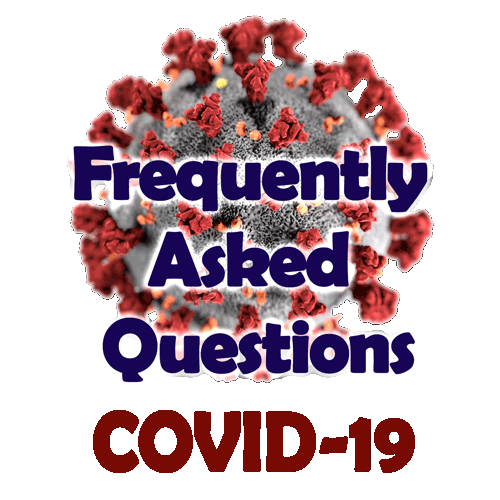This page is no longer available 
For up to date information about COVID-19, please visit the Centers for Disease Control and Prevention (CDC) website: cdc.gov/covid.
Also on the CDC site:
- When you're sick, take steps to prevent spreading COVID-19 and other respiratory viruses
- Prevention: How to protect yourself and others

